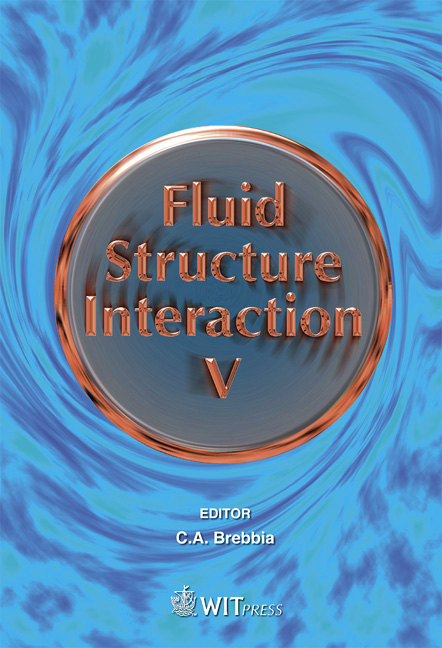A Novel Fluid-structure Interaction Model For Lubricating Gaps Of Piston Machines
Price
Free (open access)
Transaction
Volume
105
Pages
12
Page Range
13 - 24
Published
2009
Size
1493 kb
Paper DOI
10.2495/FSI090021
Copyright
WIT Press
Author(s)
M. Pelosi & M. Ivantysynova
Abstract
The lubricating gaps between movable parts in piston machines represent the main source of power loss. A deep understanding of the complex physical phenomena characterizing the complex fluid-structure interaction is crucial for improving existing design and designing new more efficient machines. The lubricating gap in these machines has to fulfill a sealing and bearing function. Therefore the prediction of the gap flow, the load carrying ability and the energy dissipation is necessary. This paper discusses the different physical phenomena and presents a new fluid-structure interaction model for the piston/cylinder gap of axial piston machines. The model considers the squeeze film effect due to the micro-motion of the piston and simultaneously the change of fluid film thickness due to the deformation of parts caused by the fluid pressure field. In addition the fluid flow is considered as non-isothermal, which requires the coupling of a heat transfer model to predict the surface temperatures as boundary conditions for the non-isothermal fluid film model. The novelty of the developed fully coupled fluid-structure interaction model is the integration of a finite element solver in the dynamic non-isothermal fluid flow model. This allows for the first time to solve the elastohydrodynamic lubrication problem in complex changing load conditions, considering the impact of thermal effects. Simulation results of the piston/cylinder interface will be compared with pressure field and temperature measurements, obtained on a special test-rig. Keywords: axial piston machines, hydraulic pumps and motors, lubricating gaps, thermoelastohydrodynamic lubrication, piston-cylinder interface.
Keywords
axial piston machines, hydraulic pumps and motors, lubricatinggaps, thermoelastohydrodynamic lubrication, piston-cylinder interface.





